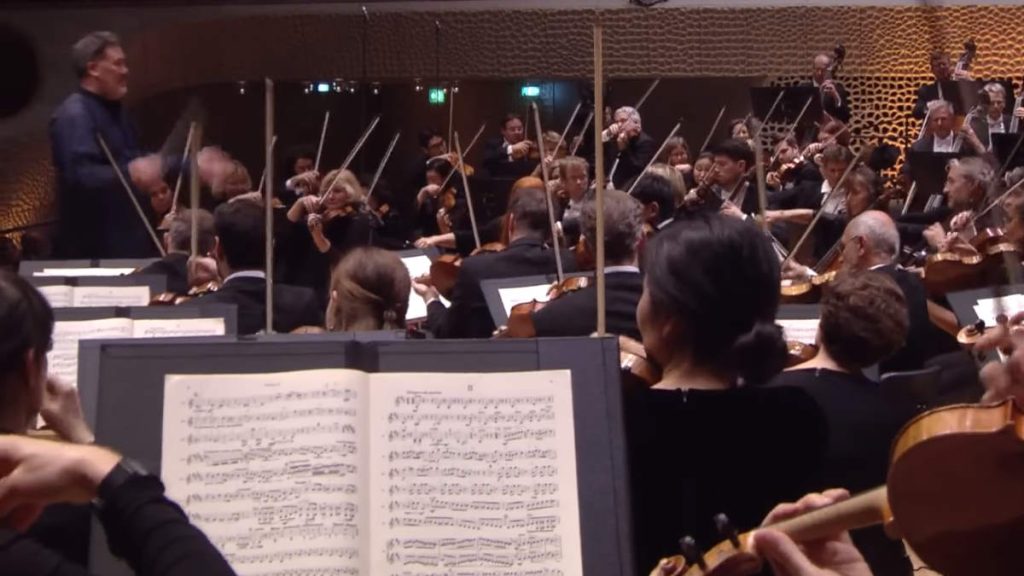A coda in music is a concluding section at the end of a piece or a movement that serves to bring the work to a close. The word coda comes from the Italian word for “tail,” and it acts as a tailpiece, often adding a sense of resolution, finality, or dramatic conclusion to the music. The coda may be as short and simple as a few measures, or as long and complex as an entire section.
Characteristics of a Coda:
- Placement:
- The coda comes after the main structural elements of the piece, such as the exposition, development, and recapitulation in sonata form.
- It typically follows the final cadence or climax of the preceding section.
- Purpose:
- To reinforce the tonic key and resolve any lingering tension.
- To create a satisfying conclusion, whether through grandeur, intensity, or calmness.
- To provide additional material that elaborates on or reflects the themes presented earlier in the work.
- Length and Complexity:
- Codas can vary from a brief passage to a significant, extended section that feels like an additional development of the music.
How a Coda Functions:
- In Sonata Form: In classical sonata form, the coda comes after the recapitulation. It reaffirms the main key and often develops material from the movement in a new way, offering a sense of completion.
- In Other Forms: Codas can appear in many forms of music, from symphonies to pop songs. They serve as a way to tie up the piece musically, even if the structure is not as formal.
Examples of Famous Codas:
- Beethoven’s Symphony No. 5 (4th Movement): The coda in the finale of Beethoven’s Fifth Symphony is dramatic and powerful, extending the climax of the piece with triumphant energy.
- Tchaikovsky’s Symphony No. 6 (Pathétique): In stark contrast, the coda of this symphony’s final movement is somber and reflective, bringing the symphony to an emotional conclusion.
- Chopin’s Ballade No. 1 in G Minor, Op. 23: The coda is fiery and virtuosic, providing a thrilling conclusion to an already intense work.
In Popular Music:
In modern genres like rock and pop, a coda may be referred to as an outro. For instance:
- The Beatles’ “Hey Jude” ends with a long coda featuring repeated vocal phrases (“na-na-na-na”).
Summary:
A coda is a “tailpiece” in music that concludes a piece or movement. Whether brief or extensive, codas provide a sense of resolution, often leaving a memorable final impression on the listener.
Sources
- What Is A Coda In Music? on the Hello Music Theory website
- “Understanding Coda in Music” on the Descriptive Audio website
- Coda on Wikipedia
- What is a coda in music? on the BBC Classical Music website
